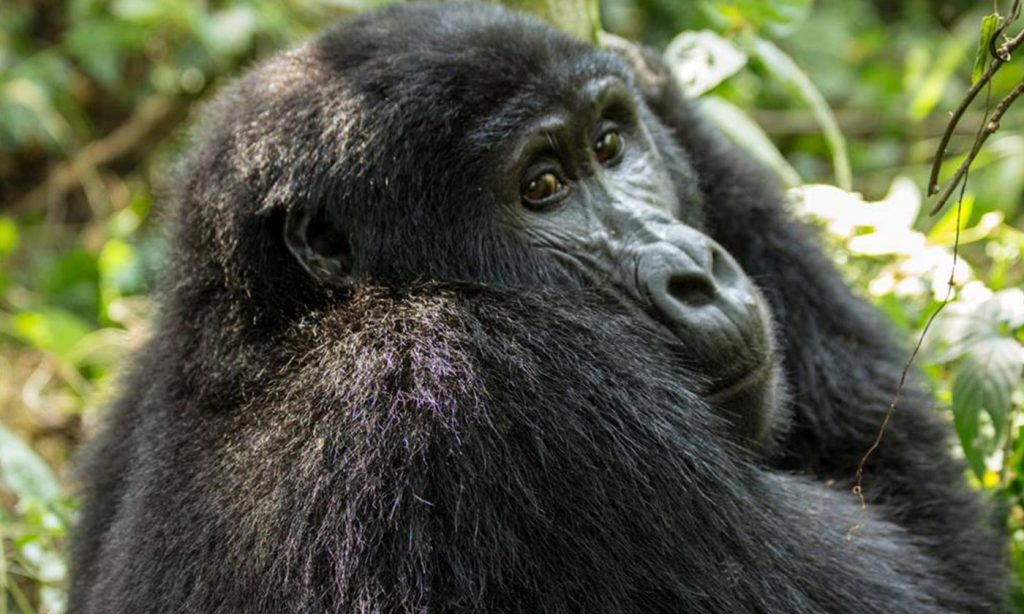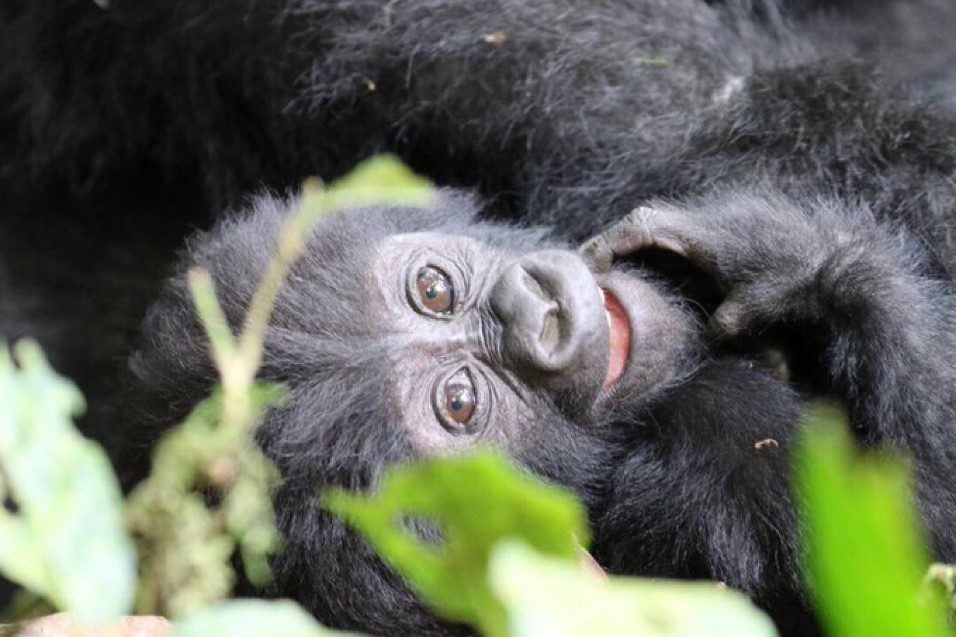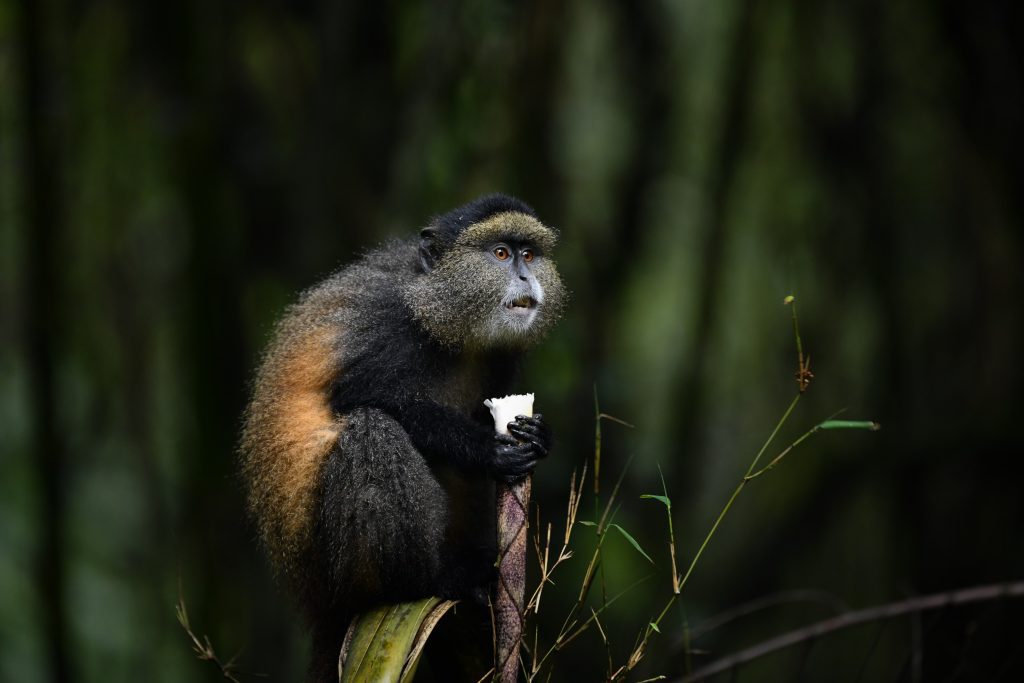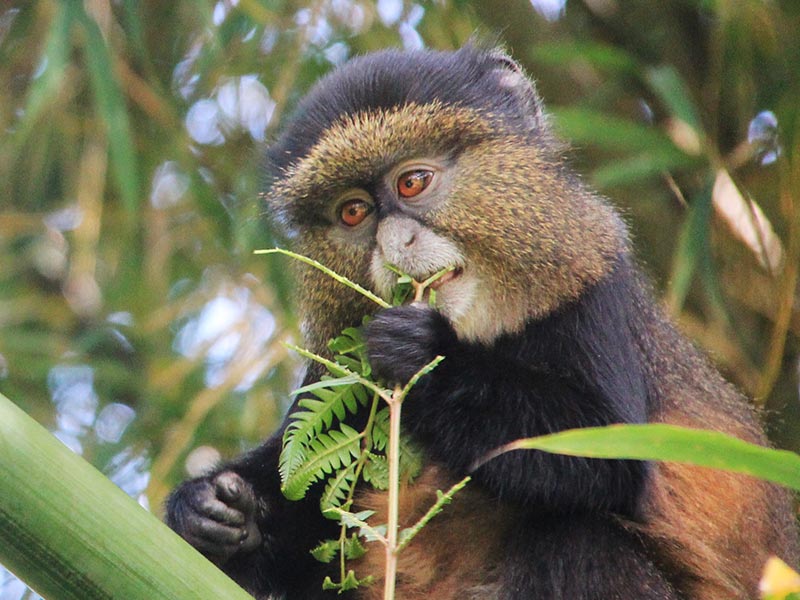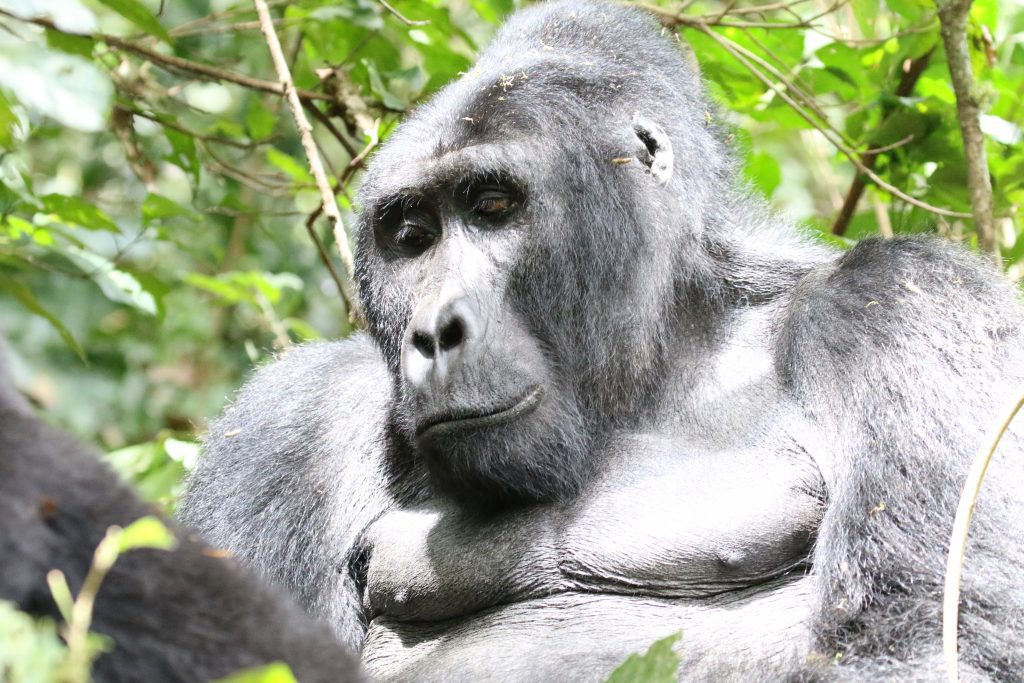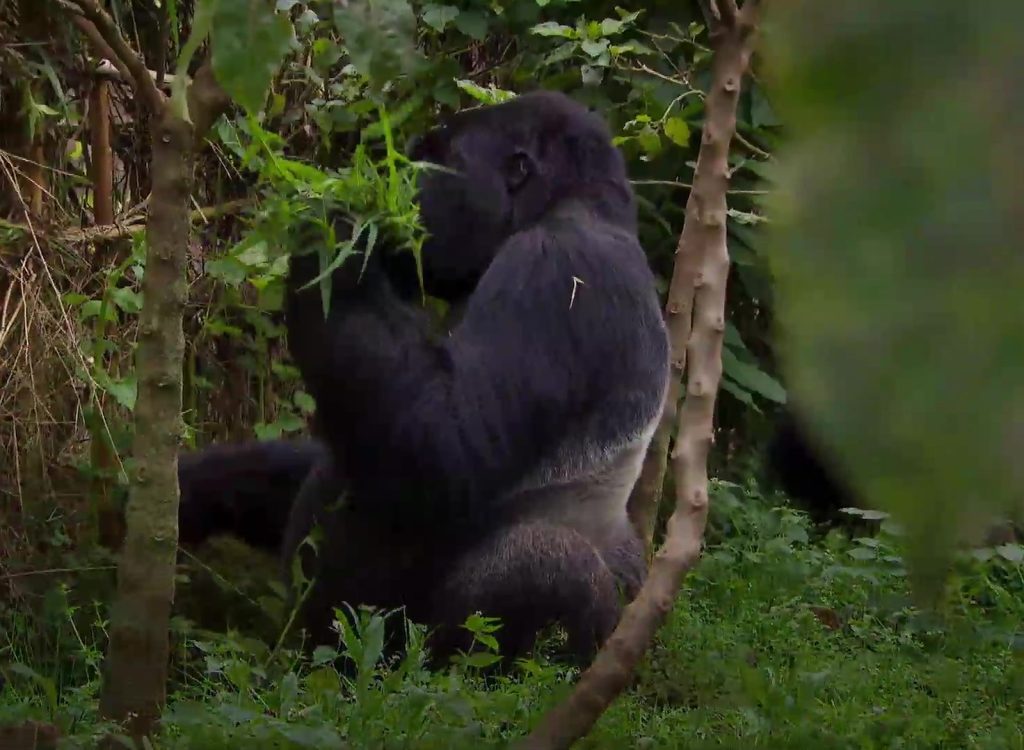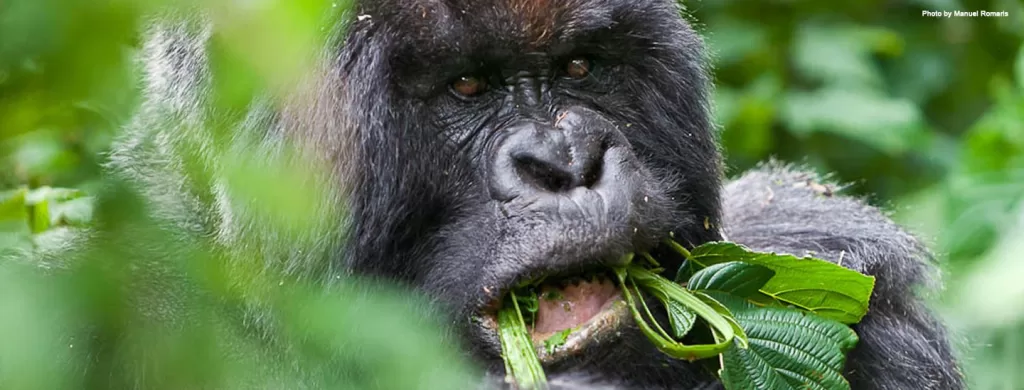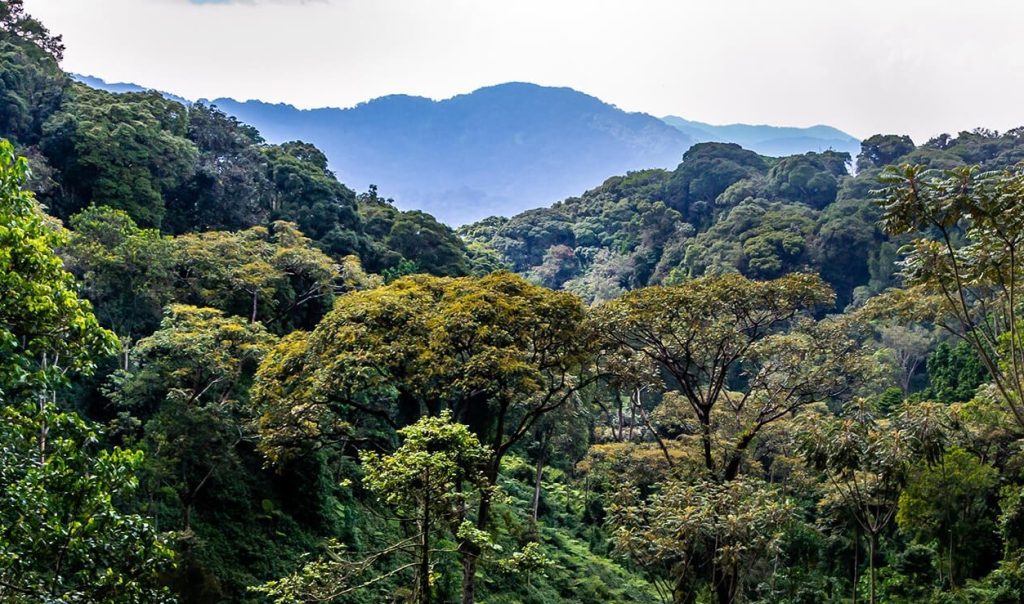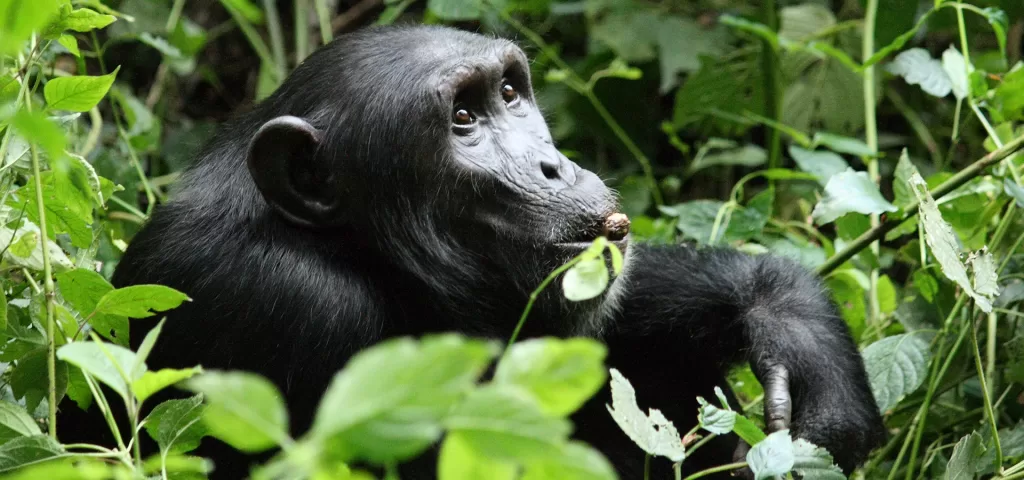Tips for Gorilla Trekking in Uganda
Tips for Gorilla Trekking in Uganda.
Gorilla trekking in Uganda is a captivating and immersive wildlife experience that allows visitors to hike into the heart of lush rainforests in pursuit of a once-in-a-lifetime experience with one of the world’s most endangered species—the mountain gorilla.
How to Get a Gorilla Trekking Permit and How Much Does It Cost
One of the most reliable methods for securing a gorilla tracking permit is arranging it through a tour operator or a safari company. The tour operators act as the booking agent for the Uganda Wildlife Authority (UWA). Alternatively, permits can also be acquired directly from the Uganda Wildlife Authority.
The cost of a gorilla trekking permit Is $700 per person and the cost of a gorilla habituation experience is $1,500 per person. However effective April 2024, the permit costs $ 800 per person.
It is recommended to book your permit at least 6 months in advance to guarantee availability as they are booked on a first come first serve basis.
The Best Time to Go Gorilla Trekking in Uganda
Dry Season (June to September and December to February)-Tips for gorilla trekking in Uganda
The optimal time for gorilla trekking in Uganda is during the dry season when the weather is pleasant with minimal rainfall and clearer skies. This period offers less muddy hiking trails, ensuring a more comfortable trekking experience. Moreover, the reduced density of vegetation enhances visibility, increasing the likelihood of spotting gorillas along the hike.
For the best chances of a successful gorilla trek, consider scheduling your safari between June and September, particularly in June and July, which are the driest months. However, keep in mind that despite being the dry season, rain can still occur in and around the tropical rainforest.
Another viable option is the shorter dry spell in December, January, and February. However, December is particularly busy for gorilla trekking due to its peak season status, coinciding with the festive season.
Consequently, it’s advisable to plan and book well in advance during this period, as both accommodations and flights tend to be in high demand, resulting in increased costs.
Wet Season (March to May & October to November)- Tips for Gorilla Trekking in Uganda.
The wet season, characterized by frequent rainfall, and the “low season” may not offer the best conditions for a gorilla trekking adventure.
Uganda experiences two rainy seasons: a short one from October to November and a longer one from March to the end of May, with April being the wettest month.
Trekking during the rainy season presents challenges due to the increased rainfall, which makes navigating hiking trails more difficult. Moreover, thick vegetation and undergrowth hinder visibility, making it harder to spot gorillas.
However, the wet season can be advantageous for photographers, as the landscapes are exceptionally lush and vibrant, providing stunning backdrops for photography.
During the low season, when accommodation rates are typically lower, travelers may find it more economical to visit.
It’s worth noting that gorilla trekking is possible year-round, as gorillas inhabit various altitudes within the parks.
Where to have the Gorilla Trekking Experience in Uganda?
One of the tips for gorilla trekking in Uganda is identifying where your gorilla experience will take place.
The Gorilla Safaris take place in either Bwindi Impenetrable National Park or Mgahinga Gorilla National Park.
Bwindi Impenetrable National Park is home to the largest number of habituated gorilla families with about 25 groups and 2 are reserved for the gorilla habituation experience. The gorilla groups are distributed into 4 accessible trekking regions or sectors. Mgahinga Gorilla National Park has only 1 gorilla group.
Buhoma Sector
The park’s headquarters located in the north of the park has 7 Gorilla Families, Habinyanja, Katwe, Bunyingo, Mubare, Muyambi, Kankwanyi, and Rushegura.
Ruhija Sector
This is the highest gorilla-tracking trailhead and lies in the east of the park. The Ruhija Gorilla Families are 6 and include, Bitukura, Kyaguriro A & B, Mukiza, Happy, and Oruzogo.
Nkuringo Sector
This sector covers the southwestern area of Bwindi Forest. Furthermore, it is the most challenging of all gorilla tracking locations comprising 3 Gorilla groups Nkuringo, Bushaho, Christmas, and Posho Group still undergoing habituation.
Rushaga Sector
This sector covers the southern edge of Bwindi Forest and, most of all became a gorilla site in 2009. The sector has 10 gorilla families that include Nshongi, Mishaya, Mucunguzi, Kahungye, Kutu, Busingye, Bikini, Bweza, Tindatine, and Rwigi.
Nyakagezi in Mgahinga Gorilla National Park.
Mgahinga has one habituated transboundary gorilla group comprising 9 members.
What to Expect on the gorilla trekking safari – Tips for gorilla trekking in Uganda
Embark on a wild adventure in Uganda with our Gorilla Trekking Experience! Spend a minimum of 3 days diving into the heart of the jungle to meet these majestic creatures.
Start your day with an energizing breakfast, then head to the national park offices where you’ll meet your gorilla family and expert guide. At 07:30 sharp, gear up for a pre-tracking briefing on gorilla etiquette and safety measures.
Then, it’s off to the trails for an adrenaline-pumping journey through rugged terrain, under the canopy of rainforest. Be prepared for a 2 to 8-hour trek, navigating steep slopes and unpredictable weather.
Fitness is key as you follow the gorilla families in search of their daily forage spots. Once you spot them, keep your cameras ready for a mesmerizing hour of observation. And don’t worry, no flash photography is allowed!
Feel like extending the magic? Opt for a second trek or the ultimate gorilla habituation experience. After bidding farewell to your newfound friends, return to base for your well-deserved Gorilla Trekking Certificate.
This personalized memento bears your name, the gorilla group you trekked, and the park’s location. Remember to carry your passport for verification. Get ready for an adventure that’ll leave you with memories to last a lifetime!
Conservation and Responsible Tourism- Tips for gorilla trekking in Uganda
Uganda places a strong emphasis on promoting responsible and sustainable tourism practices, particularly concerning the preservation of mountain gorillas and their habitats. Local communities actively participate in gorilla conservation efforts, and the benefits of tourism extend to supporting various community development projects.
To manage the impact on gorilla populations and their environment, a limited number of gorilla trekking permits (8 per group) are issued daily. Securing these permits in advance through the Uganda Wildlife Authority or authorized tour operators is crucial for visitors.
Gorilla trekking plays a significant role in conservation by providing essential funding. The fees generated from permits are instrumental in supporting conservation initiatives and benefiting local communities.
Book your ultimate gorilla safari in Uganda with Travelers Link Africa.

